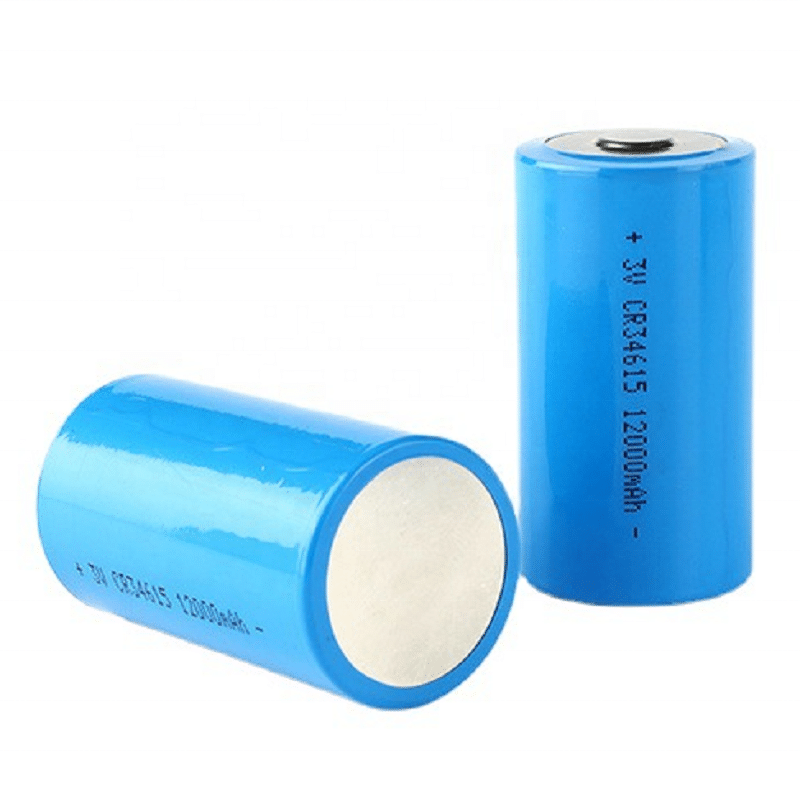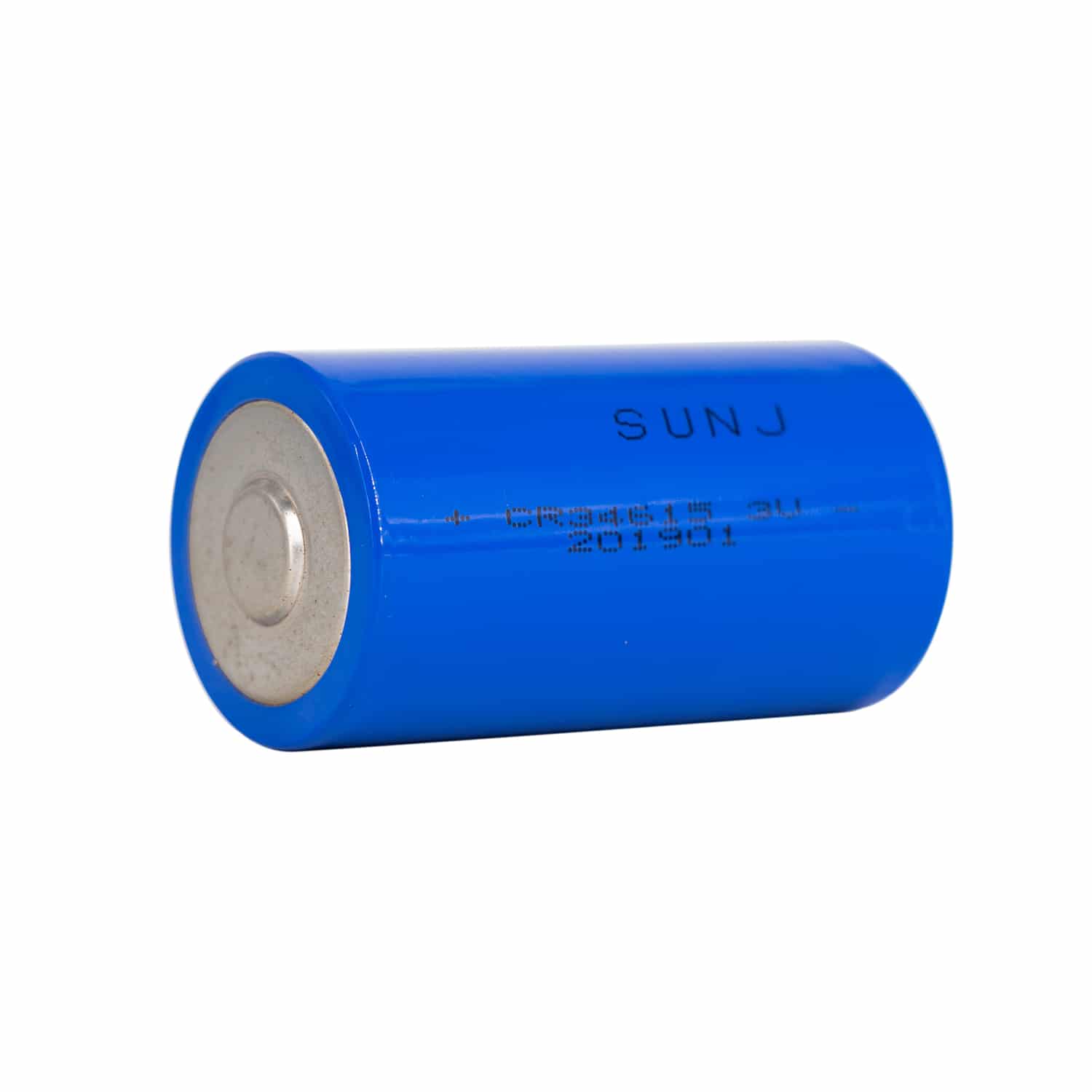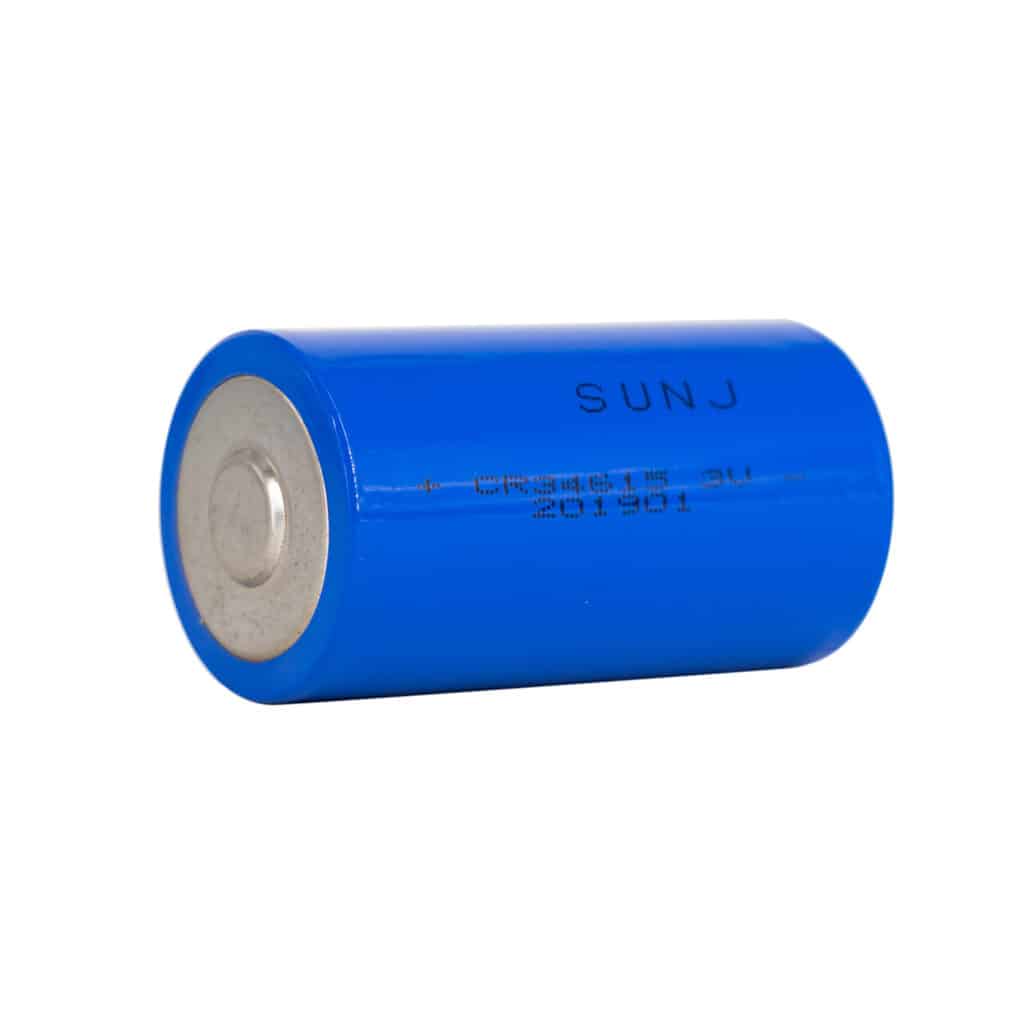Production process of soft pack batteries
The battery cell is the smallest unit of a battery system. Multiple battery cells form a module, and then multiple modules form a battery pack, which is the basic structure of automotive power batteries.
The production process of battery cells includes:

(1) Pulping of Active Materials – Mixing Process
Stirring is to mix the active materials (positive material Lithium iron phosphate, negative material graphite) into slurry through a vacuum mixer. This is the first process of battery production, and the quality control of this process will directly affect the quality of the battery and the qualified rate of the finished product. Moreover, the process flow of this process is complex, with high requirements for raw material ratio, mixing steps, mixing time, and so on.
2) Coating the stirred slurry on copper foil – coating process
This process is to evenly apply the stirred slurry from the previous process onto the copper foil.
The most important aspect of the coating process is the consistency of thickness and weight
Coating is crucial and it is necessary to ensure that the thickness and weight of the electrode are consistent, otherwise it will affect the consistency of the battery. The coating must also ensure that no particles, debris, dust, etc. are mixed into the electrode. Otherwise, it may cause the battery to discharge too quickly and even pose a safety hazard.
(3) Press the negative electrode material on the copper foil tightly before cutting it – cold pressing and pre cutting
In the rolling workshop, the electrode plates attached with positive and negative electrode materials are rolled by rollers, which not only makes the coated material tighter, improves energy density, and ensures consistency in thickness, but also further controls dust and humidity.

Cold pressing is the compaction of the positive and negative electrode materials on aluminum foil, which is also important for improving energy density
Cut the cold-pressed electrode according to the size of the battery to be produced, and fully control the generation of burrs (the burrs here can only be seen clearly under a microscope). The purpose of this is to avoid burrs penetrating the diaphragm and creating serious safety hazards.
(4) Cut out the small ears of the positive and negative electrodes on the battery – pole ear die-cutting and slitting
The die-cutting process of the electrode ear is to use a die-cutting machine to form a conductive electrode ear for the battery cell. We know that batteries are divided into positive and negative poles, and the ear of the pole is a metal conductor that leads the positive and negative poles out of the battery cell. Simply put, the ear of the positive and negative poles of a battery is the contact point during charging and discharging.
The next slitting process is to cut the battery electrode plates through a cutting knife.
(5) Complete the prototype of the battery cell – lamination process
The cut electrode plates need to be stacked in the order of negative electrode, diaphragm, positive electrode, diaphragm, negative electrode, diaphragm, positive electrode… positive electrode, diaphragm, negative electrode. This process is called stacking, and the stacked electrode plates are called battery cells.
(6) Pole ear welding
This process is the second step in preparing the battery cell. By using specialized welding equipment, the stacked cells are welded to the electrode ears.
(7) Packaging
This process is the third step in the preparation of battery cells. Pack the battery cells with aluminum plastic film.
(8) Removing Water and Injecting Electrolyte – Baking and Injecting
Moisture is a major enemy of battery systems, and the battery baking process is to ensure that the internal moisture of the battery meets the standard and that the battery has good performance throughout its entire life cycle.
The liquid injection process is the fourth step in the preparation of the battery cell. Inject the electrolyte into the encapsulated cell from the reserved injection port to form a semi-finished cell., Injecting electrolyte into the cell. Electrolyte is like the blood flowing in the body of an electric cell, and the exchange of energy is the exchange of charged ions. These charged ions are transported from the electrolyte to another electrode, completing the charging and discharging process. The injection amount of electrolyte is crucial. If the injection amount of electrolyte is too large, it can cause the battery to heat up or even fail directly. If the injection amount is too small, it will also affect the cycling of the battery.
(9) The process of cell activation – formation
Formation is the process of activating the cell after liquid injection. Chemical reaction takes place inside the cell to form SEI film through charging and discharging. Activating the performance of the battery cell requires a series of “physical examinations” such as X-ray monitoring, insulation monitoring, welding monitoring, and capacity testing.
The formation process also includes the second infusion of electrolyte after the activation of the battery cell, weighing, welding of the injection port, and gas tightness testing; Self discharge testing, high-temperature aging, and static setting ensure product performance.
(10) Partition capacity
During the manufacturing process of batteries, due to technological reasons, the actual capacity of the batteries cannot be completely consistent. Through certain charging and discharging tests, the process of classifying batteries according to their capacity is called capacity division.
(11) Inspection and packaging for storage


